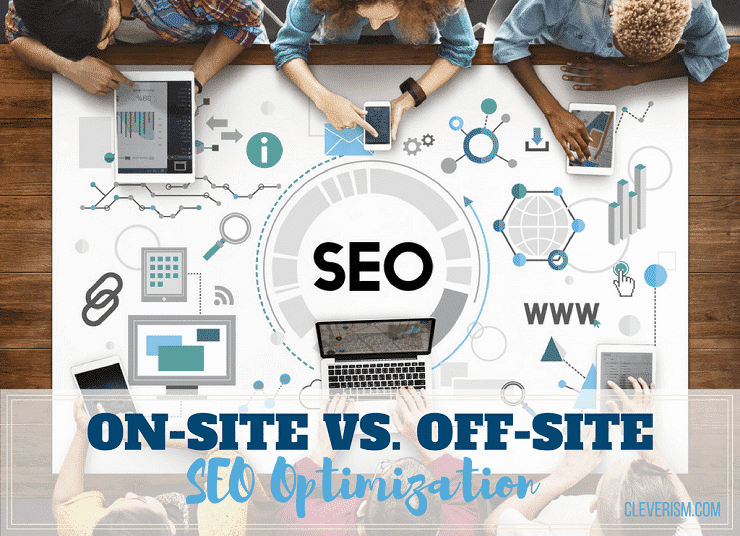Quick Contact
Onsite & Offsite Marketing
Onsite marketing providing information about who you are, what you can do, and why consumers should buy from you is pretty much the basis of most businesses websites. The content alone should sell itself and relate to the person(s) viewing your website and reading your content. Onsite marketing consists of many elements that encourage people to visit other areas of your site, leave their email, view your products, and primarily take the next step. One of the main onsite marketing strategies is, of course, search engine optimization (SEO) where you can increase your search engine rankings in the form of anchor text, meta descriptions, and page titles. Using your keywords appropriately will enable search engines to identify your business and place it in front of people who are looking for content, services, or products that are equivalent to yours.
Offsite marketing basically refers to the marketing you do outside of having a website or blog. Other than blogging on your own website, some of the most commonly used offsite marketing activities include: An active social media presence. Writing guest posts for other blogs. Offsite SEO is a little trickier and also requires an ongoing effort. The major search engines are all looking for other sites that link back to your site as an indicator of good content.
If a lot of sites want to link to your site, then you must have good content. At least that’s what they think. This has been the source for many black-hat SEO tactics in the past.
By implementing both onsite and offsite marketing strategies, you can widen your businesses reach and establish a solid online presence. Applying both tactics to your marketing plan provides higher interaction, drives more traffic, and leads to more sales.

